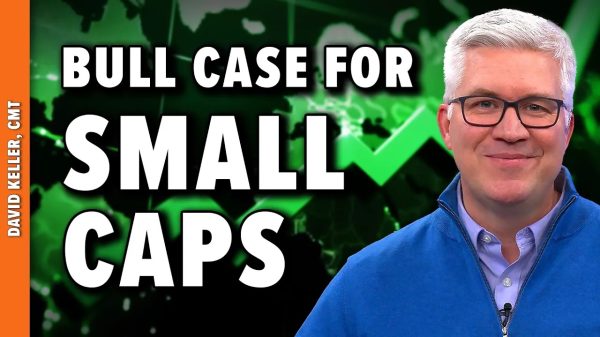Oil prices are climbing after the EIA reported a surprise inventory crunch. Adding fuel to the fire? Tensions in the Middle East.
WTI Crude has been trading in choppy motion since March 2023. While macroeconomic and geopolitical factors weighing on price are mixed at best, might there be an opportunity for some upside, considering the current inventory declines, seasonality factors, and continuing geopolitical uncertainties?
Let’s examine the United States Oil Fund ETF (USO) as the WTI crude oil proxy. Over the last five years, what has its seasonal performance looked like relative to the S&P 500?
USO: 5-Year Seasonal Performance Relative to S&P 500
When it comes to seasonality, September is USO’s star month. It might not have the highest closing rates (just 50%), but it shines in average relative return, boasting a solid 5.5%.
CHART 1. SEASONALITY CHART OF THE UNITED STATES OIL FUND (USO) RELATIVE TO THE S&P 500. Note the differences between the higher-close rates (numbers above the bars) and average relative return (numbers at the bottom of each bar). Chart source: StockCharts.com. For educational purposes.
You can’t use this as a crystal ball to predict USO’s moves since many other factors impact crude oil prices. But it does offer some steady context. The real question: Is USO gearing up for another climb this September? And if so, how high could it go?
Let’s switch to a weekly chart for a macro perspective on USO’s price action.
CHART 2. WEEKLY CHART OF UNITED STATES OIL FUND (USO). When looking at a longer-term chart of USO, the price action seems relatively flat and choppy.
The volume-weighted Money Flow Index (MFI) suggests that USO is on the lower end of its cyclical range. The Bollinger Bands® indicator also supports this notion but from a smaller time frame.
Note that the range is slightly narrowing and that the MFI and Bollinger Bands suggest the possibility of an upside in USO—a reversion to the mean or toward the upper band. Historical resistance suggests a possible move to the $83 range, which has been a tough resistance level to break (tested and failed three times over the last year). The upside also coincides with the seasonality thesis discussed above.
Keep an eye on those swing points at $92.50 and $57.50 (blue dotted lines). It’s a wide range, but if prices break out from the current $70–83 zone, expect strong support and resistance at those higher and lower levels. Additionally, note that below $70, there’s another support level at $65, which marks the next swing point: the November–December lows of 2023.
If you’re interested in taking advantage of the potential upside if only for a swing trade, you need to zoom in to look at the price action from a daily chart perspective (see chart below).
CHART 3. DAILY CHART OF UNITED STATES OIL FUND ETF PRICE. There are clear support and resistance levels, which are important to watch for swing trades.
Looking at the daily chart, you can see how buying pressure, though not very strong, has been positive during the last few weeks of USO’s decline. The magenta rectangle on the Chaikin Money Flow (CMF) highlights this somewhat bullish divergence. Does this signal accumulation during USO’s price decline?
The Stochastic Oscillator suggests that USO has entered oversold territory, indicating a potential move up. The September seasonality, inventory declines, and geopolitical factors all indicate near-term strength. If you’re looking to trade this cyclical range, you’d probably enter the market now with a tight stop at around $70. Your upside target would be between $81 and $83.
Despite the uncertainties in this market, if you had entered a long position at $74, you would be risking a loss of $4 for a potential gain of $9. Your reward-to-risk ratio would be 2.25:1. Still, tread carefully. If USO continues higher, check to see if the trade is still worth it based on your trading goals and risk tolerance.
Closing Bell
Oil prices are rising with a surprise inventory crunch amid ongoing Middle East tensions. USO, a proxy for WTI crude oil, shows a favorable seasonality in September with a 5.5% average relative return, though it’s not a perfect predictor. Technical indicators hint at a possible price move toward $83. If you’re eyeing a swing trade, proceed with caution. Respect the target and stop levels discussed above. Good luck!
Disclaimer: This blog is for educational purposes only and should not be construed as financial advice. The ideas and strategies should never be used without first assessing your personal and financial situation, or without consulting a financial professional.























